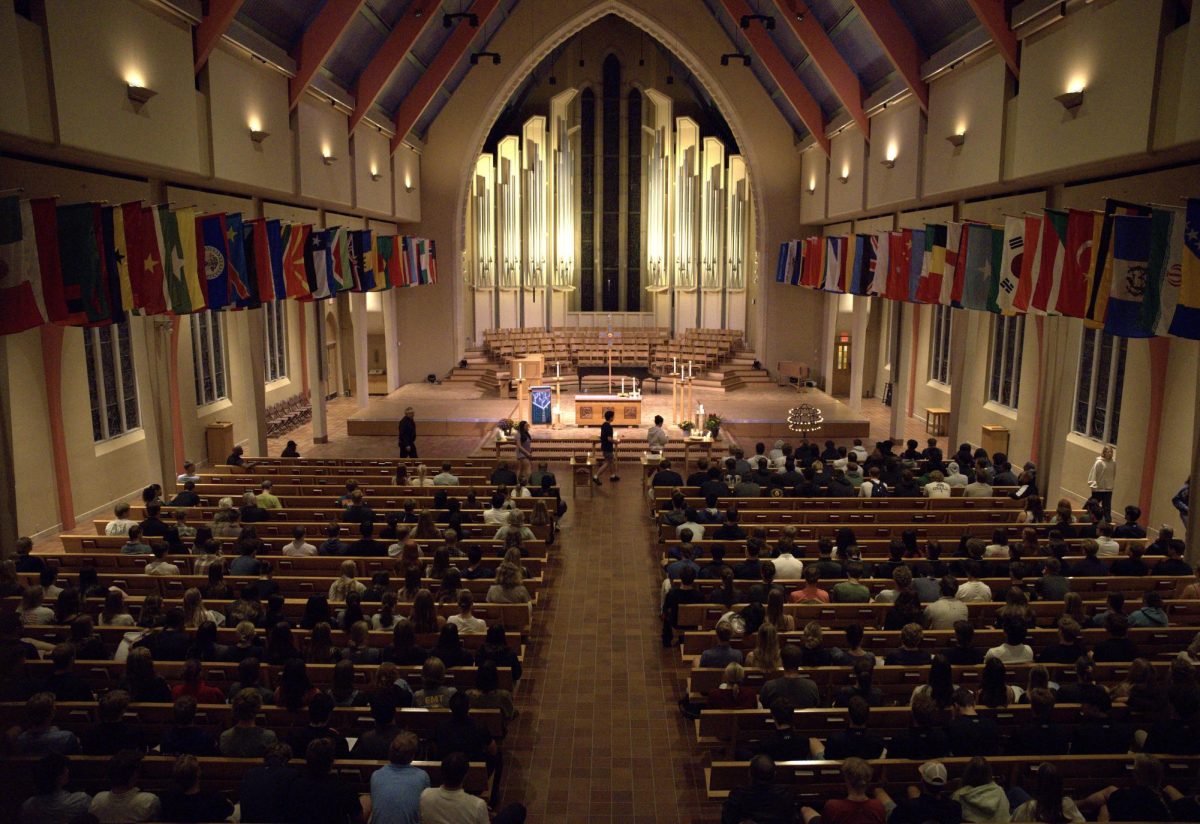With preparations for Christmas Fest taking over campus and the smell of lutefisk hanging in the air, this is a time of year almost every Ole and alumni can relate with. But two questions remain largely unaddressed — what are the origins of the infamous Christmas Fest, and how did it grow to such fame?
Hosted in Hoyme Memorial Chapel in Dec. 1912, the first Christmas Fest was arranged by Fredrik Melius Christiansen who was the then-director of the music department. At the time, Christmas Fest was called the “Christmas Program.” The initial program featured the St. Olaf Lutheran Choir, accompanied by a small group of instrumentalists.
As Christiansen continued to work with the choirs, the music department grew to the point where it could no longer be hosted in the Hoyme Chapel. In 1922, the event was officially moved to the Skoglund auditorium. In 1933, attendance at the program reached approximately 3000 people. At this point in time, the program was limited to a one-night performance featuring the St. Olaf Lutheran Choir, the St. Olaf Church Choir, and the St. Olaf Choral Club. As the program’s popularity continued to increase, a second night was added in 1936. Then in 1941, the program reached its present schedule, offering a three night performance each year.
It was not only Christiansen’s work, however, that allowed the St. Olaf Christmas Festival to grow to its present-day fame. The work of students, especially those involved in WCAL, the on-campus radio station from 1918-2004, was essential in recording the programs, playing them on the campus radio, and sending recordings to radio stations across the nation. Fest has been played on radio stations since the 1930s, and has been broadcast on TV since 1975.
Over the years, Christmas Fest has operated under a variety of names, beginning with “Christmas Program” and later claiming names such as “Christmas Concert” and “Yuletide Program” before settling on “Christmas Festival” in 1943. The final decision rested on the determination that the length of the event made it feel more like a “festival” than a “program.”
Today, Fest features five choirs, The St. Olaf Orchestra, and brings around 15,000 people to Northfield annually.


